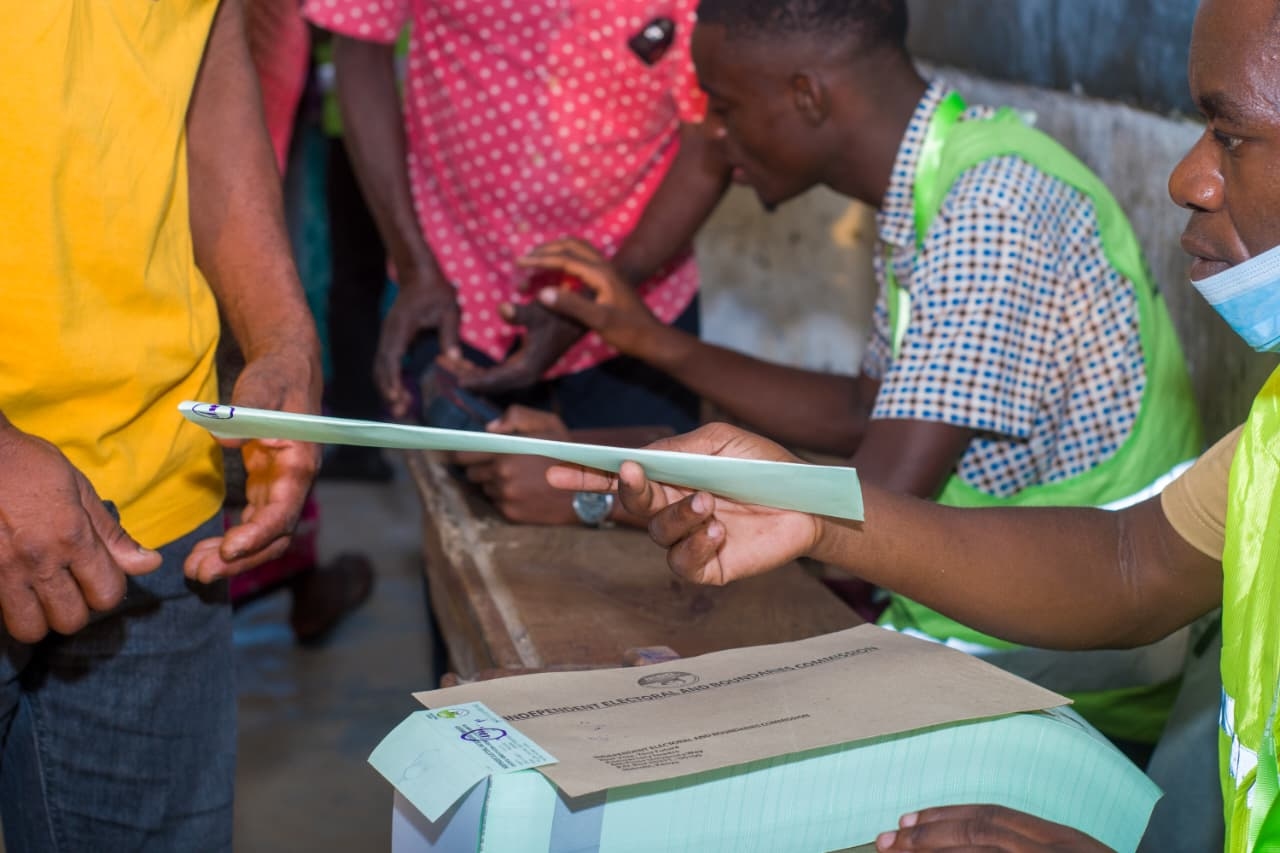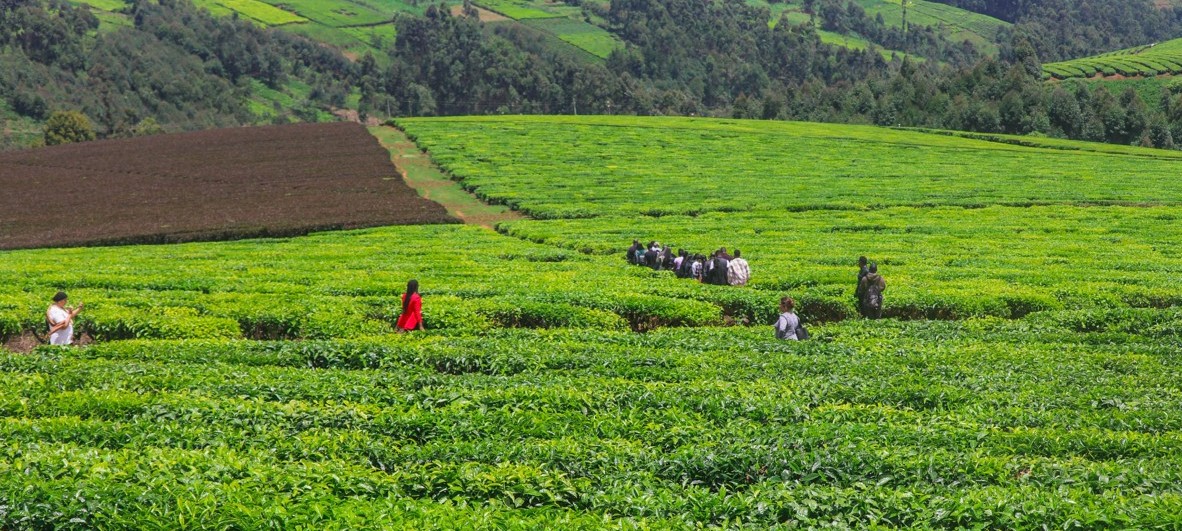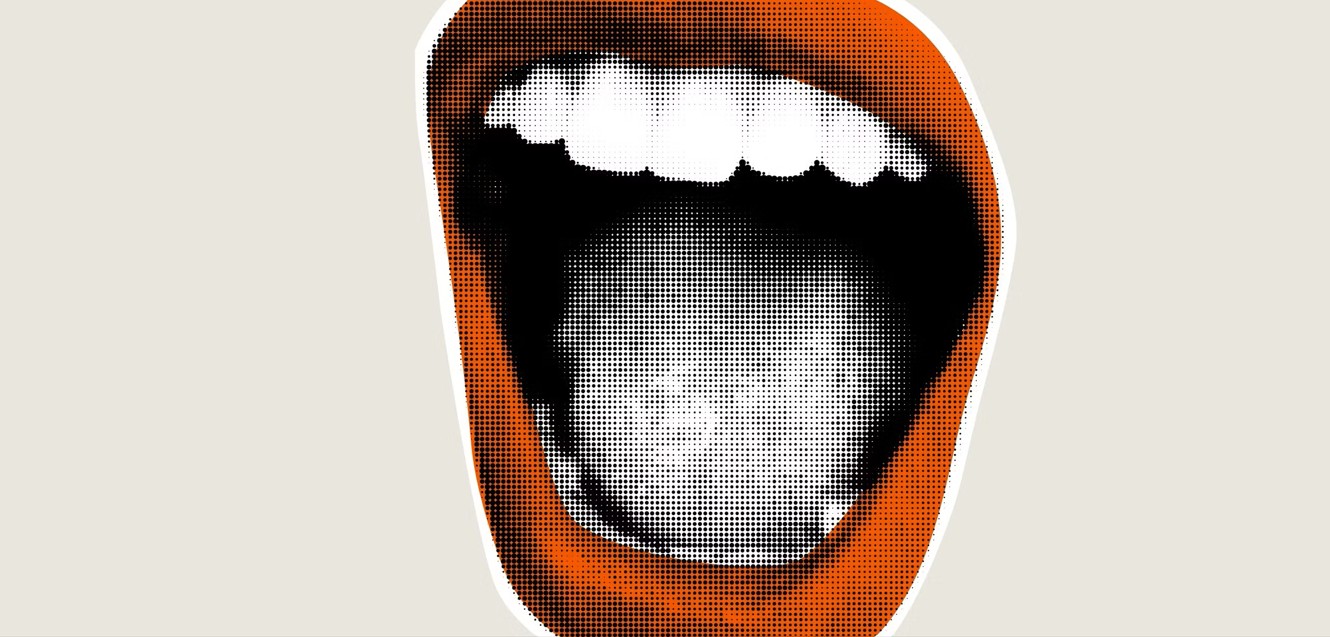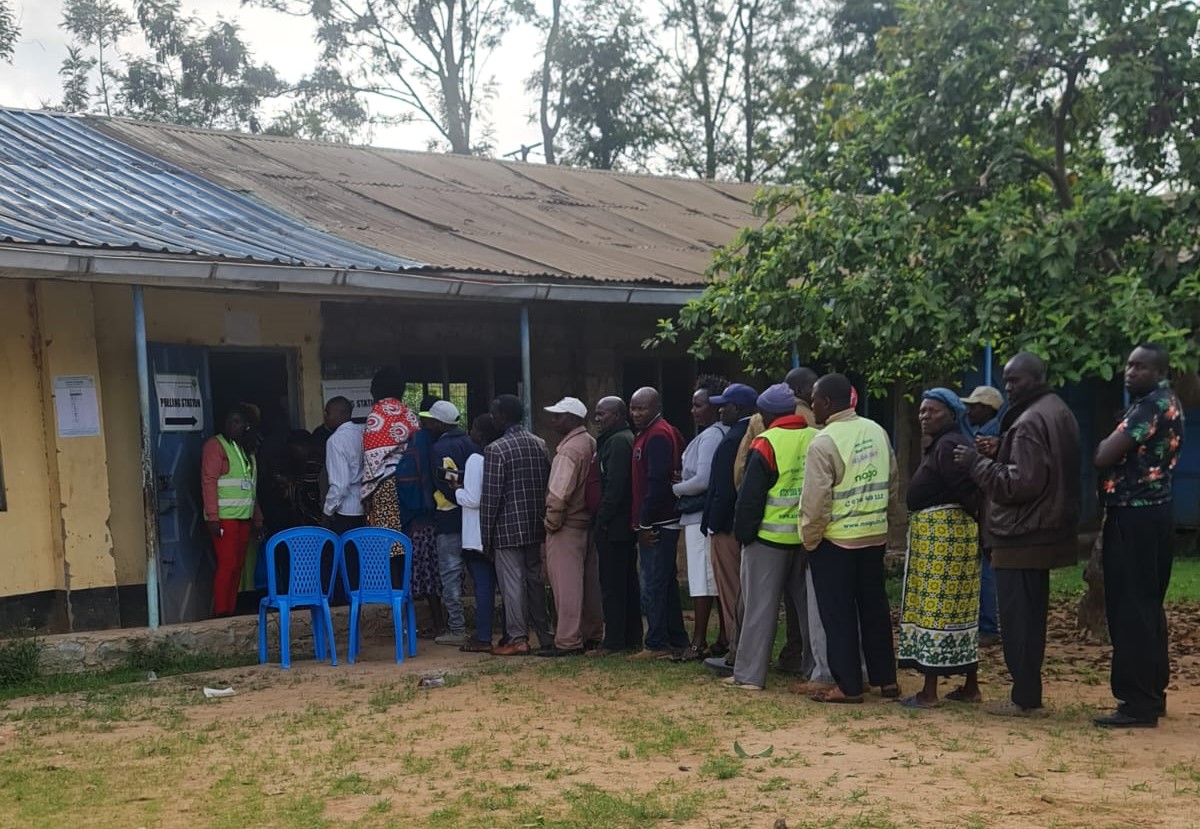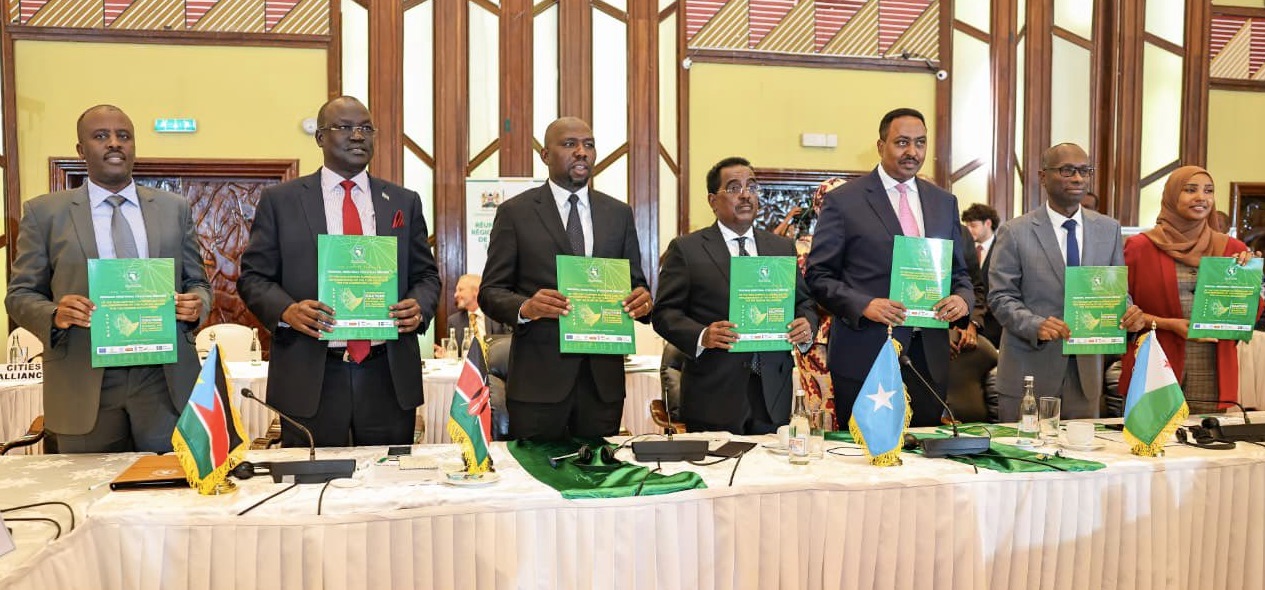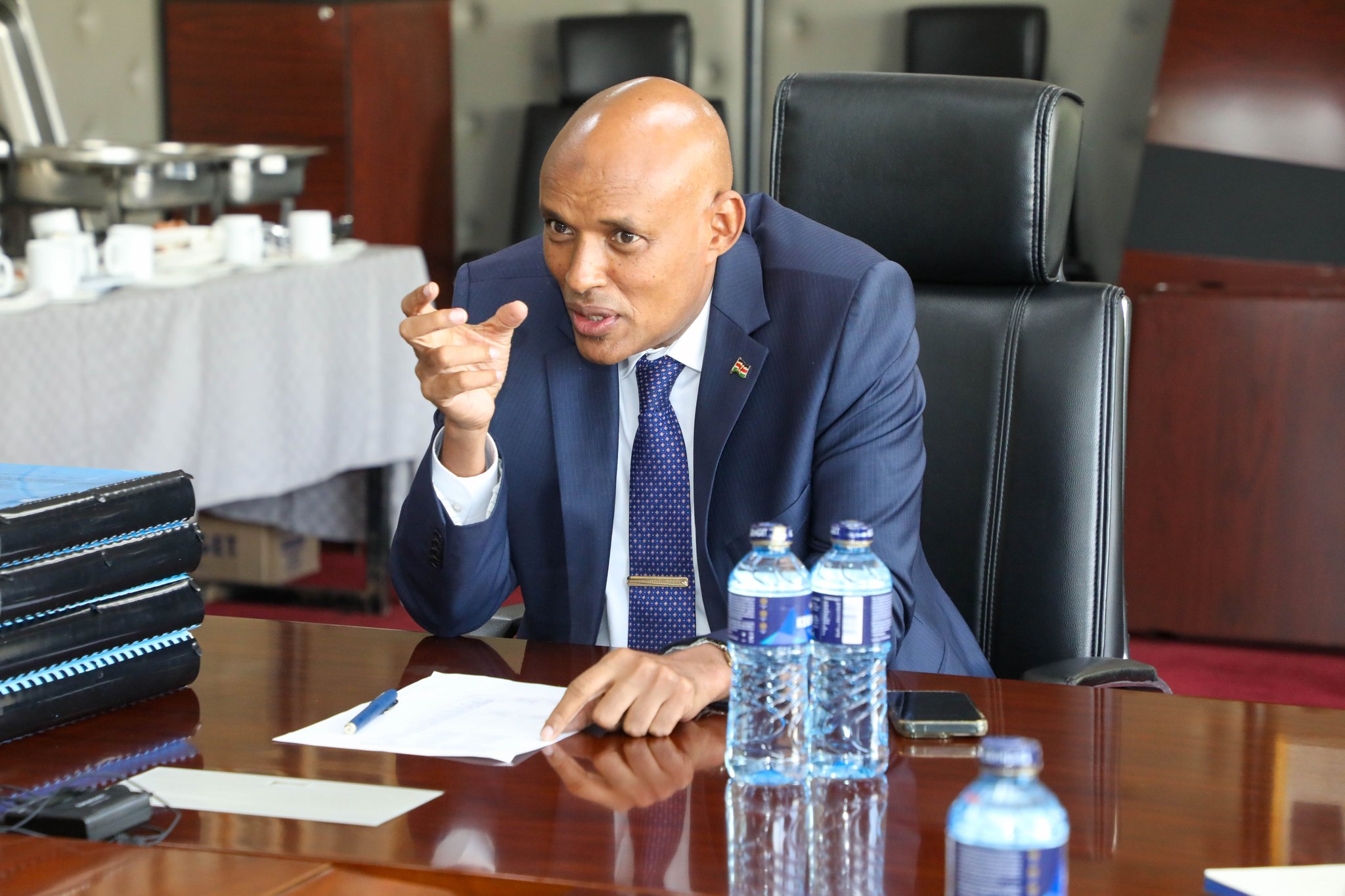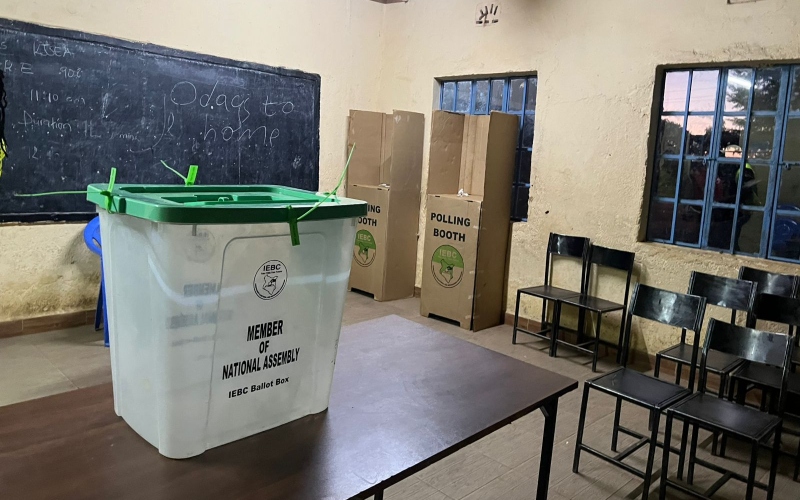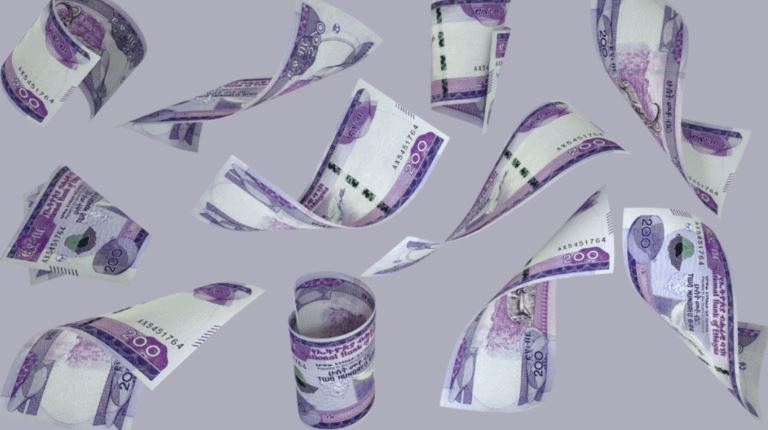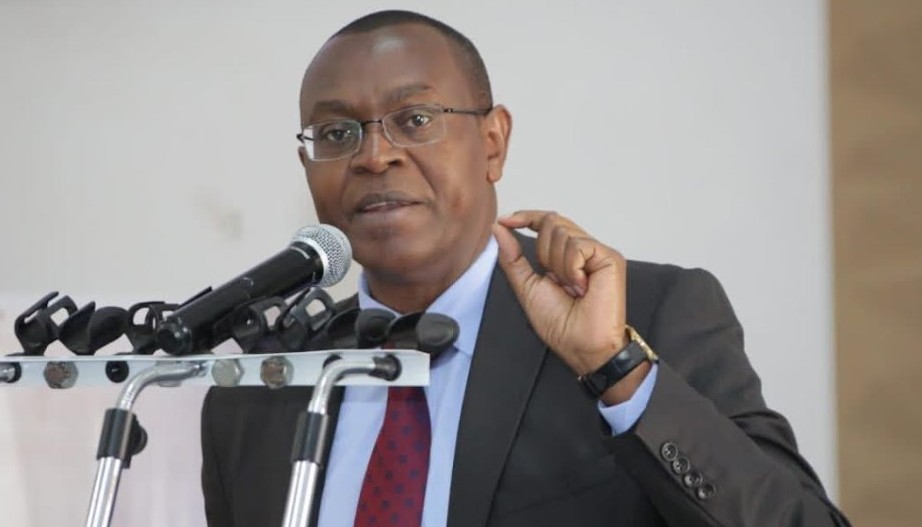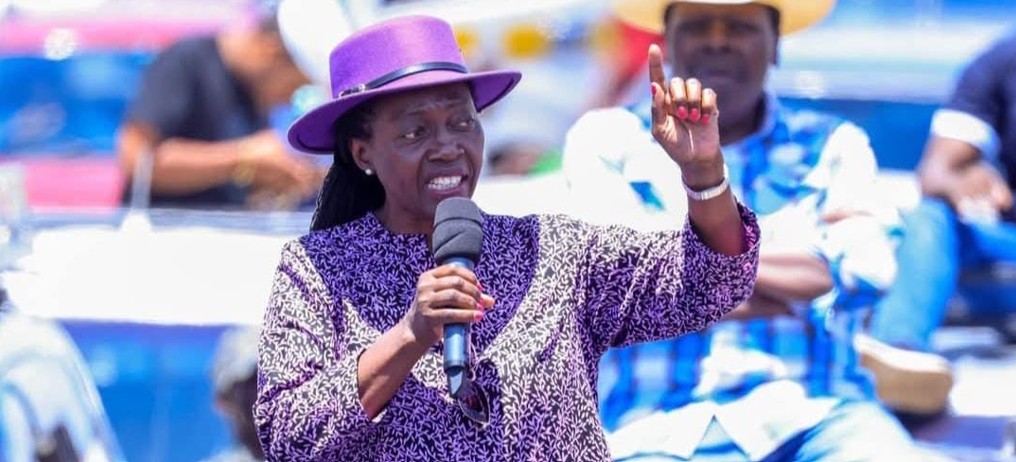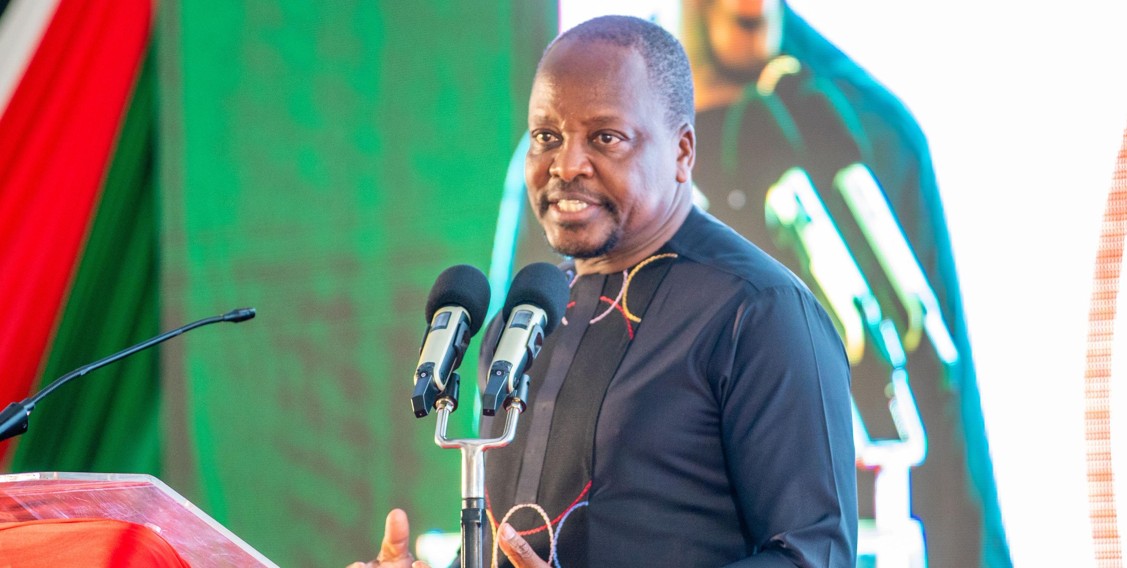Report paints a grim picture of Kenya’s public expenditure, projects hurdles ahead
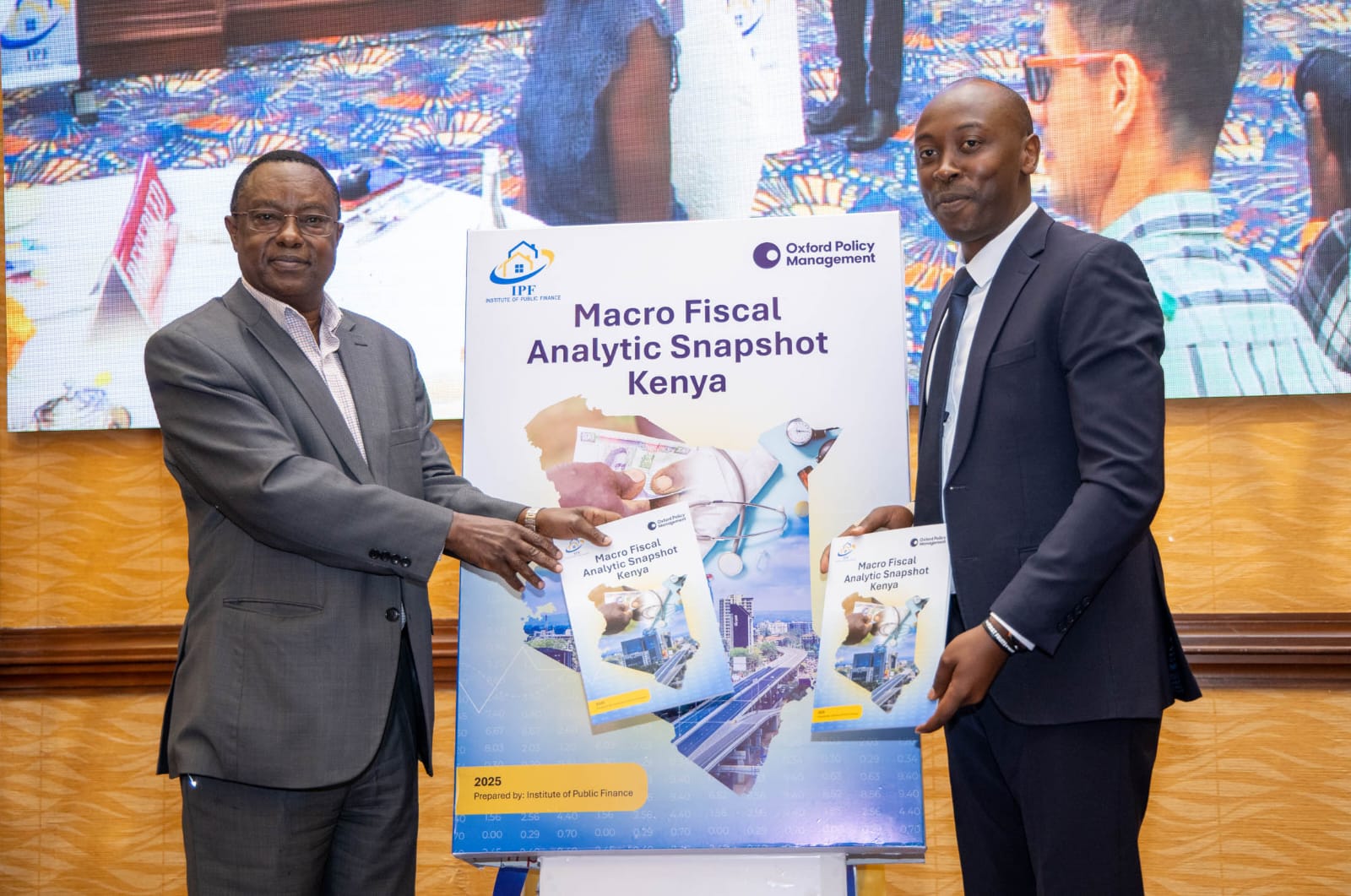
The latest figures show the Kenya Revenue Authority (KRA) missed the tax collection target in the first half ending December 2024 by Sh163.46 billion.
Being one of the critical factors used to determine the scope of a country's economy, Kenya's public expenditure is facing a myriad of challenges, even as its future targets hang in the balance.
According to the Institute of Public Finance (IPF), the country is experiencing a "lost decade" in its public expenditure targets due to large fiscal deficits occasioned by revenue shortfalls.
More To Read
- KRA waives Sh165 billion in penalties as over three million Kenyans benefit from tax amnesty
- KRA surpasses Sh2 trillion in revenue collection as growth hits 6.1 per cent
- Kenya lost over Sh500 billion to tax waivers and corruption- report
- KRA rolls out new eRITS system to simplify rental income tax compliance for landlords
- Bill proposes new tax regulations for freelancers, gig workers
- Treasury lowers tax collection target by Sh40 billion due to continued underperformance
It adds that weak export performance and sluggish investment growth are further reasons for the dismal performance.
For instance, the latest figures show the Kenya Revenue Authority (KRA) missed the tax collection target in the first half ending December 2024 by Sh163.46 billion, highlighting the impact of the rejection of the Finance Bill, 2024.
The government's ability to collect more revenue continues to be hampered by its inability to onboard hard-to-tax sectors, leading to a failure to deliver on its fiscal consolidation targets.
Ideally, for a well-performing economy, public expenditure should be optimal, enough to support growth, essential services and economic stability without creating unsustainable debt or inefficiencies.
However, this is arguably not the case for Kenya, as the country is said to be facing debt vulnerability.
"The country's current debt difficulties reflect its lack of fiscal buffers to protect itself against any future potential shocks," IPF says in its Macro-Fiscal Analytic Report.
Speaking during the report launch on Wednesday in Nairobi, IPF CEO James Muraguri reiterated that the higher-than-expected borrowing in the 2024/25 fiscal year, though intended to compensate for underperforming revenues, undermines Kenya's consolidation efforts, as the country has limited scope to continue doing this without triggering further debt problems.
"Despite economic recovery and reforms since then, revenues have been slow to return to pre-pandemic levels and have lagged previous projections and targets," Muraguri added.
Notably, Kenya last year had a threat of defaulting on the country's inaugural $2 billion Eurobond debt but managed to refinance in the early months of 2024.
However, the report reiterates that the country remains at a high risk of debt distress.
Nevertheless, IPF points out that among the areas of concern is the reduced government spending on the health sector, which has declined by approximately seven percent in real per capita terms over the past five years and falls well short of international benchmarks necessary to attain Universal Health Coverage.
It notes that donor on-budget financing for health has gone down, accounting for much of the overall decline in government spending.
While reforms to the social health insurance system are underway, IPF says it remains to be seen if they will be successful in delivering the much-needed universal primary coverage.
Stemming from the constraints on public expenditure, among other concerns, the report thus projects the country's GDP growth to remain subdued during the year.
This is below the 5.3 per cent projected by the National Treasury.
The outlook analysis further highlights the mixed picture painted by sectoral analysis, with agriculture rebounding with a 6.5% growth in 2023, driven by favourable rains (albeit low government spending in the sector at 3.1% of the national budget) and positive growth in investments in gender-sensitive programs increasing by 32% between 2021/22 and 2023/24.
However, burdens persist, such as sanitation problems in urban informal settlements and the triple challenge of malnutrition, with stunted growth and obesity.
Top Stories Today

